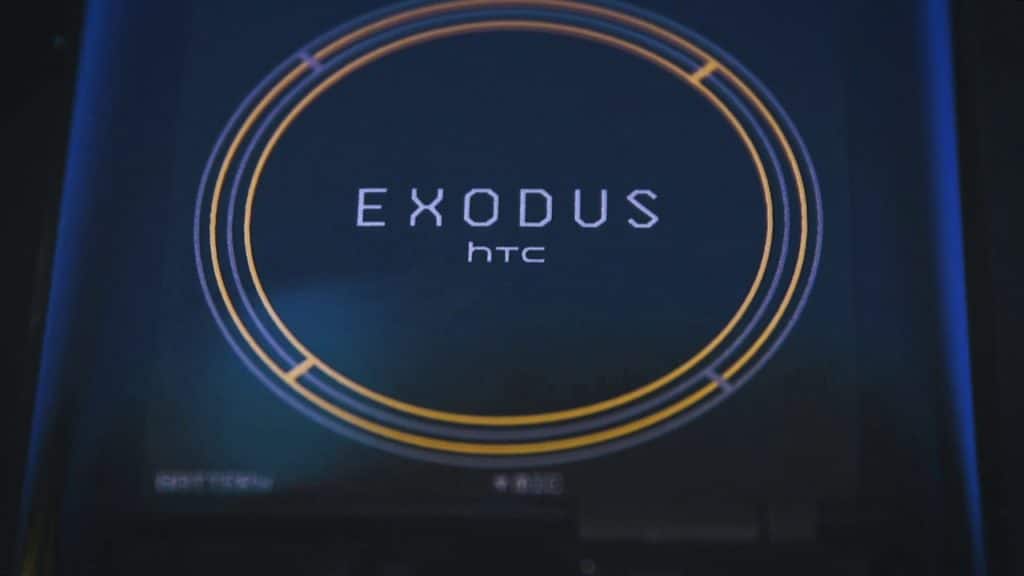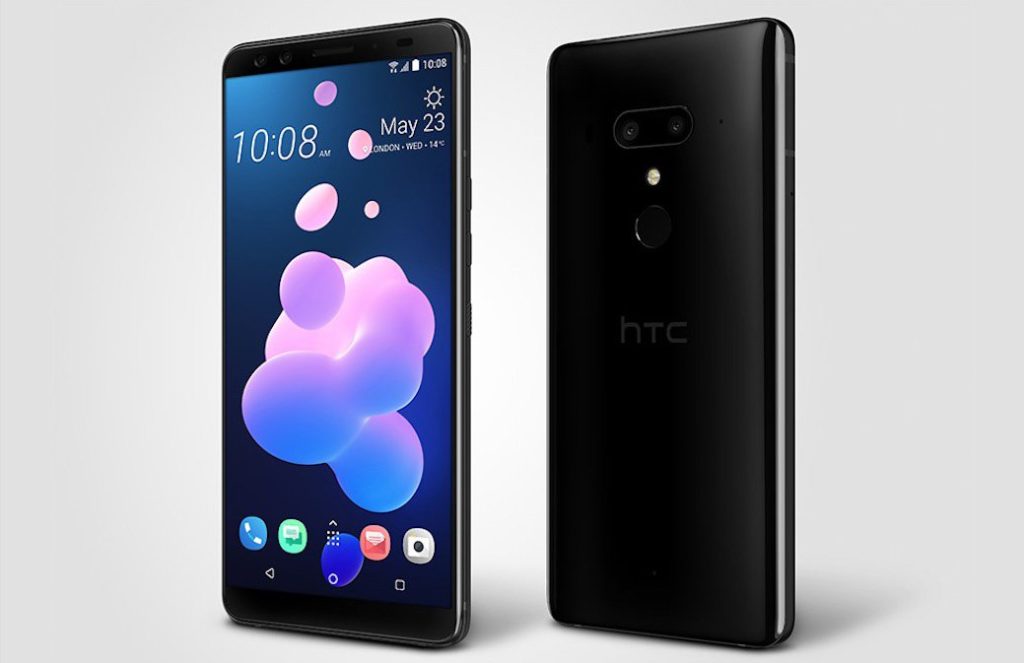
The first batch of reviews for the HTC One M9 are out, and things are not looking good for HTC’s latest flagship.
Reviews of the handset from all the major publications suggest that the One M9 suffers from the same issue as its predecessors have: a poorly placed Power button and mediocre camera performance. More worryingly though, reviews indicate that the screen and battery life on the One M9 have actually regressed compared to the One M8, which is both shocking and disappointing.
The publication says that using the One M9 gives a déjà vu experience, with the phone feeling “largely the same as the M8 from last year,” which is not necessarily a bad thing.
On the whole, the experience of holding, using, touching, and taking the M9 in and out of pockets is the same as it was with the M8, save for the lack of worrying that the phone was going to slip out of my hands like a bar of soap at any given moment. The M9 is slightly shorter and ever so slightly thicker than last year’s phone, but it’s not noticeably different in everyday use.
As for its mediocre camera, this is what the publication had to say:
The M9 has the pixel count the M8 lacked, but all too often the images are fraught with noise reduction and smearing of details. Low light pictures often have odd color casts and there’s unpleasant blooming in highlights. In well lit scenes, the M9 has trouble exposing wide ranges of light to dark areas.
Overall, The Verge concludes its review by saying that the One M9 has some “show-stopping flaws.”
For the third year in a row, HTC has produced one of the most visually alluring smartphones that feels as incredible as it looks. And for the third year in a row, it has show-stopping flaws, which bring the great experience you’re having to a screeching halt.
Engadget’s review of the One M9 echoes the same sentiment as that of The Verge.
Design:
More importantly, the M9 sits in my hand with just the right amount of weight and gravitas. It’s light without feeling chintzy and just sort of screams “solid,” maybe even a little more than the M8 did.
[…] The gold edge that runs around the M9’s sides terminates in a pronounced ridge that feels completely out of place. Some will mind it less than others — it does make the M9’s body feel less slippery than the M8’s — but a colleague summed up my feelings best when he said it was like having the edge of a butter knife pressed into your palm. Possible butterfinger moments aside, the beauty of the M8’s curves was that it made the physicality of the phone sort of fade into the background. Not so this time. At least that edge won’t catch on your pockets when you whip your phone out.
Camera:
In bright, consistent light, the M9 fires off detailed photos with nicely reproduced colors — they can be a little washed out compared to the M8, though, and the cooler screen on the M9 doesn’t help them look any better. Here’s the rub: You’d expect this thing to be uniformly better than the UltraPixel shooter HTC’s been pushing, but that’s just not always the case. I’m not just talking about low-light situations where the UltraPixel camera truly shines, either. Sometimes the M9 comes through with crisper details; other times the M8 seems to do a better job. Sometimes the M9 has richer, more accurately exposed colors; sometimes it doesn’t. You get where I’m going with this. It’s such a mixed bag that I’m honestly surprised.
Performance
Yes, the M9 can get almost uncomfortably warm if you make it a point to push it hard — I noticed it mostly during my repeated benchmark testing, which most average users will never, ever have to worry about. The M9’s all-metal chassis still gets warm during more normal hardware-intensive tasks like bashing zombies in the face in Dead Trigger 2, but considerably less so than during benchmarks and never to the point where I was worried about hurting myself. By now, it’s more than clear that the 810 isn’t a particularly cool customer, and HTC gets some props for trying to mitigate the issue before the M9’s official launch. That said, the company’s approach to thermal throttling seems to have had an effect on the numbers the phone put up — the One M9 and the G Flex2 were just about neck and neck throughout the whole process, save for a few tests where the M9 scored consistently lower.
AnandTech’s review of the One M9 is the most detailed of the bunch, and paints a very negative picture of the One M9. In their testing, the publication found that the One M9 performed poorly than its predecessor in many aspects.
Display:
Overall, the display of the M9 is disappointing. At some point, it was clear that HTC was integrating some of the best mobile displays possible into smartphones, but starting with the M8 it seems that we’ve seen HTC slip in this area. The M9 continues this trend, which is somewhat concerning as the display of a slate smartphone tends to be a critical part of the experience. Some may be eager to point to AMOLED as an alternative, but the problem is that HTC has failed to integrate a high quality LCD into the M9.
Performance:
As for the Snapdragon 810/HTC One M9 overheating issues that have been doing the rounds, the publication clarified that HTC rolled out a last minute software update that greatly impacted thermal throttling on the device.
The CPU benchmarks from the site shows that the Snapdragon 810 is not a great performer, and HTC has greatly limited the SoC’s ability to clock to a higher frequency to avoid overheating issues.
The most concerning result is WebXPRT, which is a bursty workload that runs over a few minutes, which suggests that we’re already seeing thermal throttling in the M9.
It also noted random stutter and lag in Sense 7 indicating that either the skin is unoptimised or the Snapdragon 810 has some issues.
There also seems to be some minor frame drops in rare cases in the UI, which seems to suggest either that Sense 7 isn’t as optimized as Sense 6 or that the Snapdragon 810 isn’t able to ramp up as quickly to respond to demand as previous SoCs.
Conclusion:
Although we’re still missing some of the pieces, based upon what data we have the One M9 is in an alarming place for a new smartphone. It’s pretty rare that a new phone ends up regressing in almost every major way compared to an old phone, but the One M9 ends up doing this in display and battery life.
[…]Given all of these issues, I’m almost tempted to point to the One M8 as the better phone, but until we get the full picture we won’t be coming to any final conclusions about the One M9.
Design:
While I am not much of a gold phone guy, it is going to be tough for me to decide between the dual tone gold and silver or black and gray HTC One M9 when T-Mobile launches its model. The dual tone finish is unique and extremely well done. The gold edges are subtle and add just a splash of color without being gaudy.
Software:
After more than a week, I find that Sense Home now does well at providing what I want to see in these three locations. You can always remove this widget and go with what you like on the home screen panels, but I encourage you to at least give it a try.
I did not like the recommended apps folder at all and removed it after seeing poor recommendations. You can remove/hide this folder and the downloaded apps folder from the Sense Home widget if you like. One aspect of the HTC One M9 is that HTC gives you full control over the experience, including whether or not you want to use the BlinkFeed panel.
Camera:
The M9 offers truer colors than the iPhone 6 Plus with more capability for zooming in, obvious since it has more megapixels. In a couple of the landscape shots, the One M9 was a bit dark and I think there are still some more tweaks HTC can make to the processing software.
Conclusion:
HTC continues to improve its iconic One design line and the One M9 is its best. HTC listened to customer feedback on the One M7 and One M8 with the M9 better in every aspect, from hardware to software.
Overall, the publication’s review of the handset was pretty positive, and it received a solid score of 9.5 out of 10.
Design:
Like most metallic phones, the One M9 is often cool to the touch and its 157g mass feels reassuringly rigid in the hand. It also feels more likely to stay in your hand than its slippery predecessor, thanks to a refined anti-scratch coating that offers substantially more grip than the One M8’s Teflon-esque finish. That simple change would have been enough for us, but HTC also replaced the One M8’s wraparound curves with pronounced, sharp edges to further improve handling. The result is a phone that’s better-looking perhaps, but also less comfortable to hold.
Performance:
The One M9 got no hotter than any other phone during normal, low-impact use; only graphics-heavy games like Sky Gamblers Air Supremacy could get the casing temperature to rise, and even 30 minutes of flying only got the chassis up to 99 degrees Fahrenheit (37.22º C). A half-hour of Asphalt 8 immediately afterward managed to push it just past 103º F (39.4º C), but that’s still far short of what we’ve seen on some older devices. And regardless of phone temperature, Sense was as responsive as ever. Version 7 remains one of the snappiest Android skins around, with no apparent ill effects from making the jump to the Snapdragon 810.
Camera:
At the end of the day, what makes the M9’s camera worthwhile is the feature load, not the raw performance. This is a very fun shooter to play around with, whether you’re using manual controls to snap a quick macro shot or spamming Instagram with double-exposures; if that’s all you’re planning to use it for, you’ll be fine. But it’s underwhelming in low light, it’s often outright bad in camcorder mode, and it’s inferior to its predecessor in a surprising range of situations. We shouldn’t be seeing issues like these on a flagship smartphone in 2015, especially not from a manufacturer that’s come up short in the camera category so many times before.
Conclusion:
As with most smartphones, there’s more than one way to look at the HTC One M9. As a sequel to the One M8, it’s definitely a letdown: the new camera is worse in low light; the aesthetic changes are subjective; and most of the software improvements will probably come to the M8 anyway. As the flagship product to set HTC apart from the Apples and Samsungs in the inevitable market-share slugfest of 2015, it’s no better – especially considering the latter’s widely anticipated Galaxy S6.
As the reviews of the HTC One M9 indicate, the handset is actually worse than its predecessor in key areas like battery life and display. Additionally, the new 20MP camera on the rear has once again failed to impress reviewers.
Overall, the One M9 does not seem to be as impressive as its predecessors. This is particularly bad for HTC especially since Samsung has brought its best foot forward this time around with the Galaxy S6.
Will you still be buying the HTC One M9 despite the mediocre reviews it has received?








